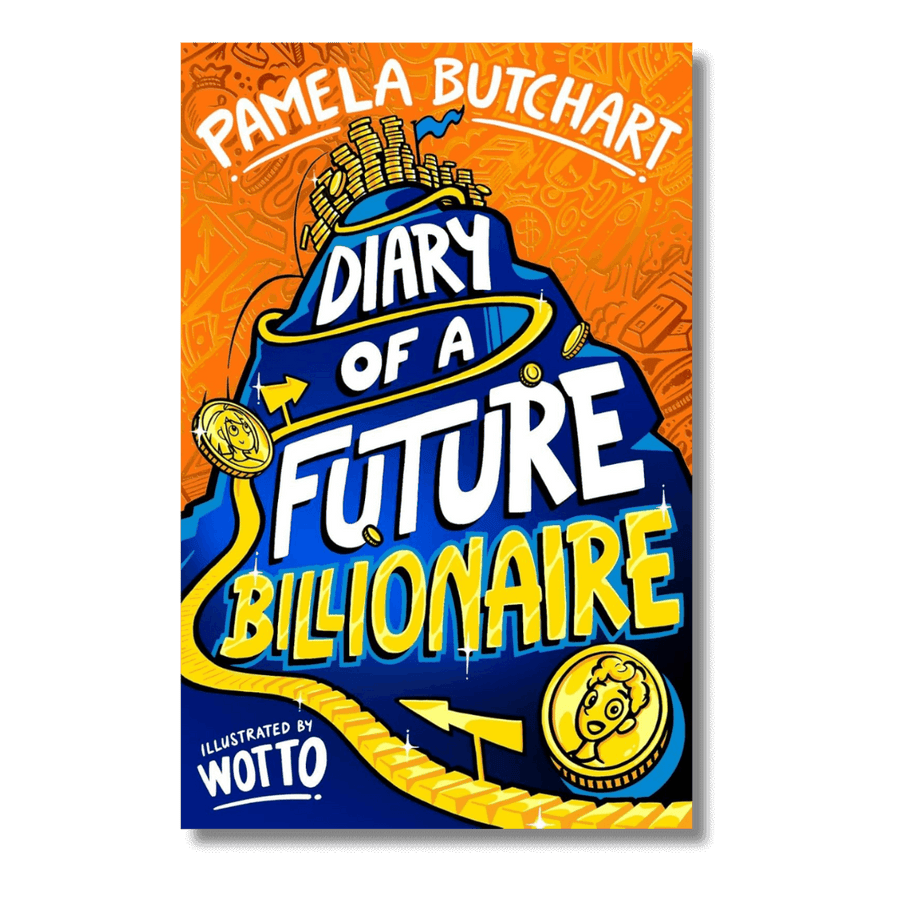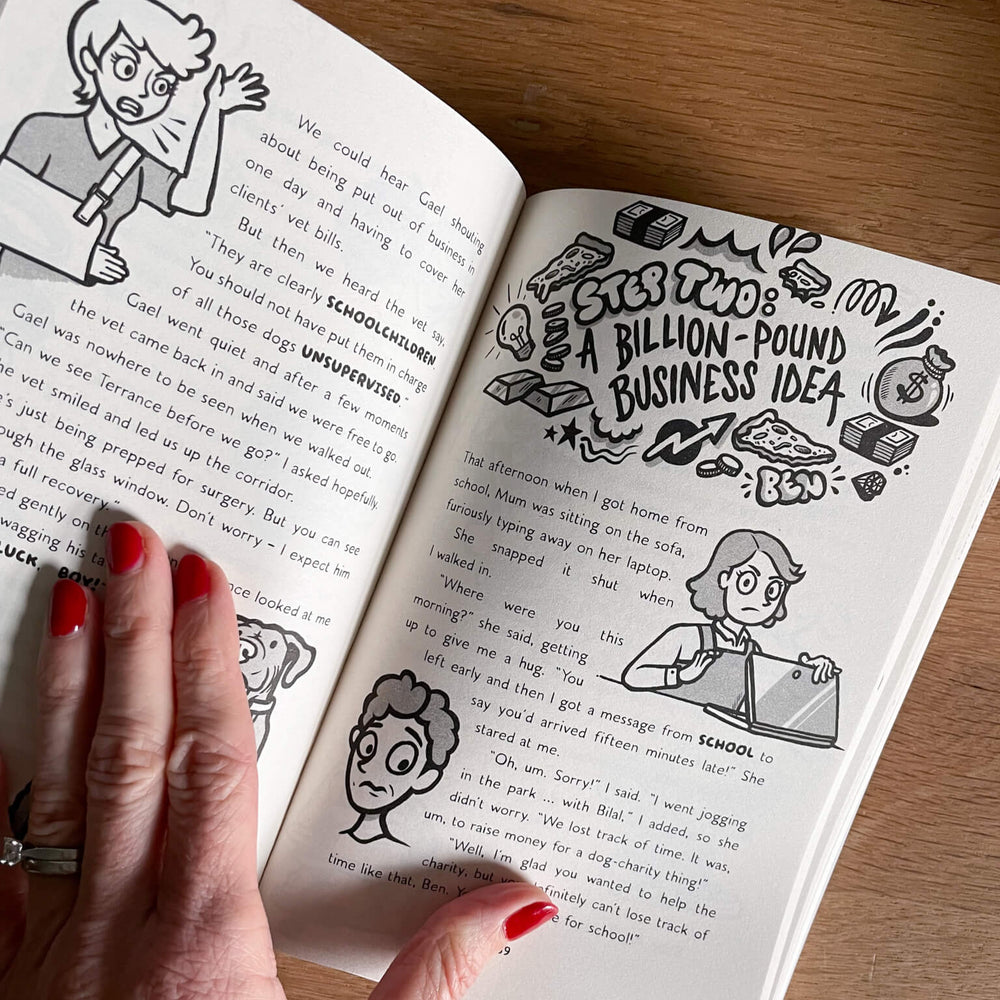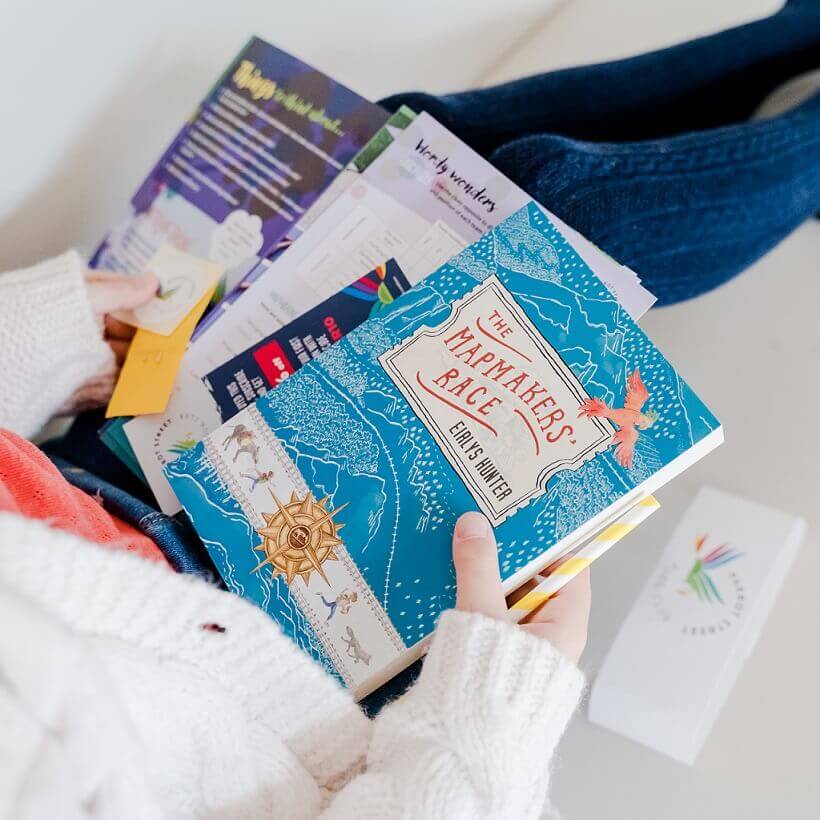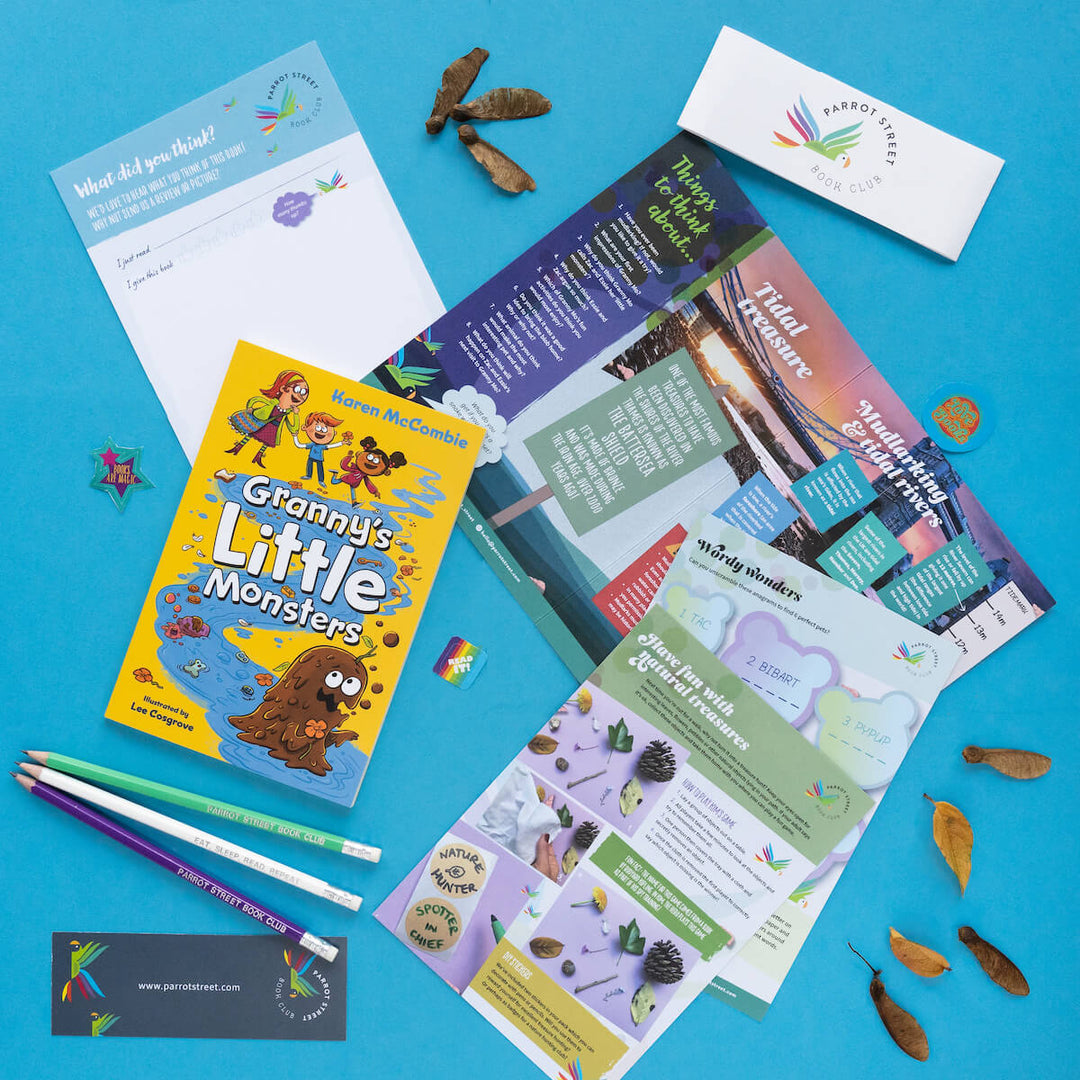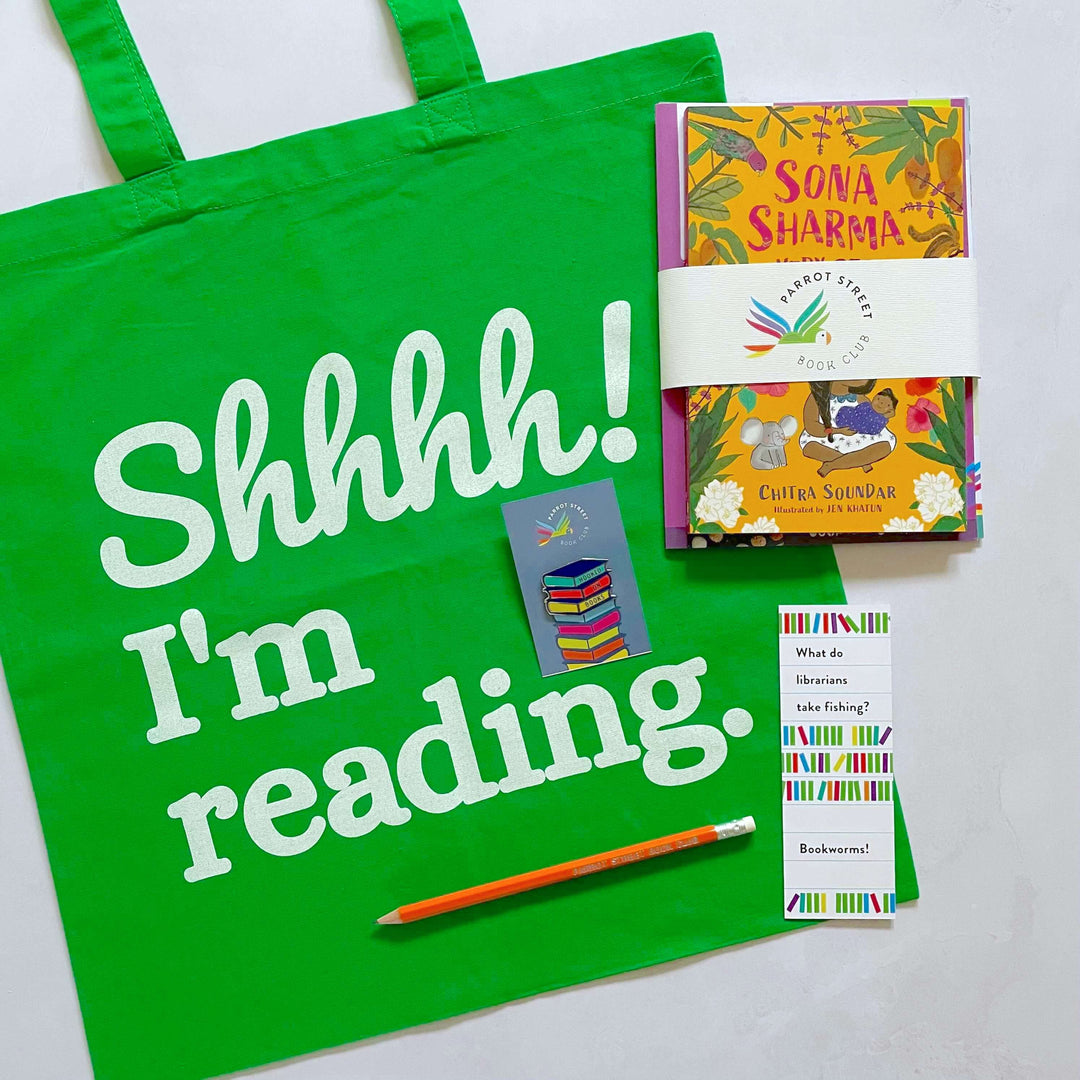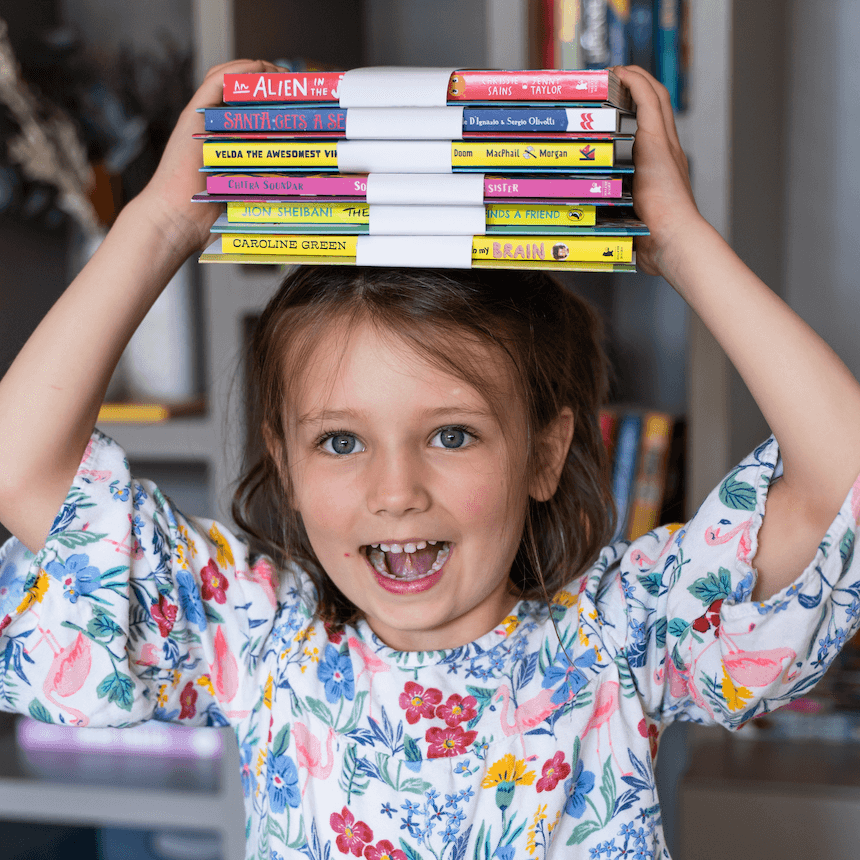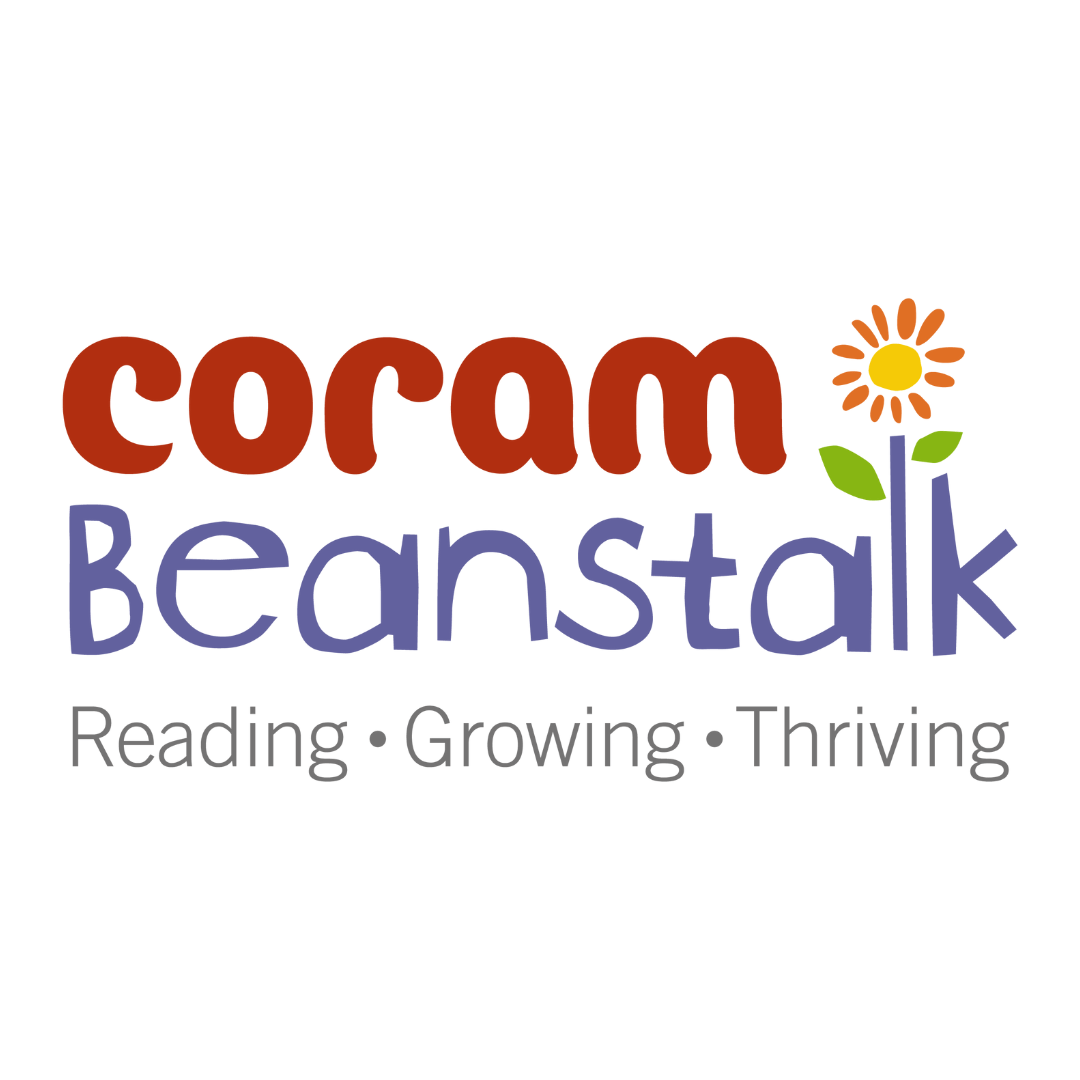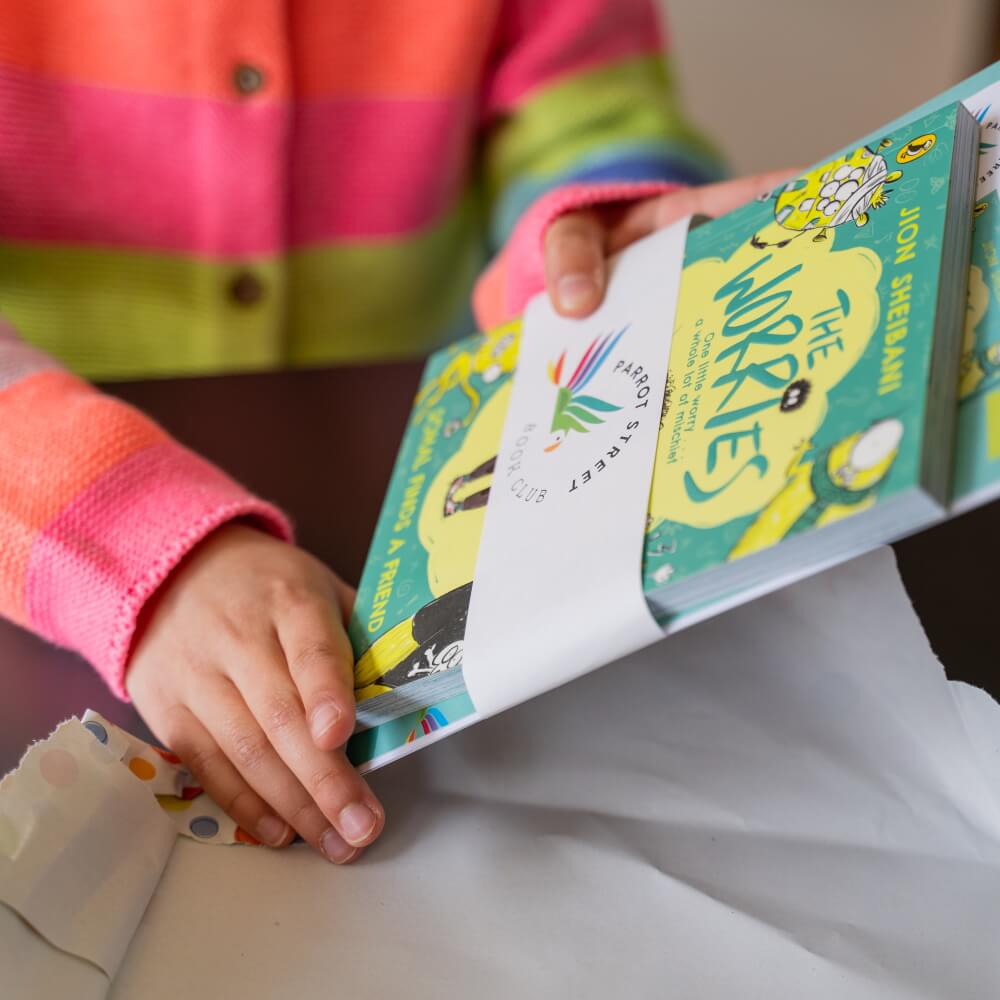Susan Brownrigg on Wrong Tracks and historical books for kids

This month's Cockatoo pick was an easy one for us. Published by one of our favourite small indie publishers, UCLan Publishing, Wrong Tracks has all the ingredients of the perfect middle grade read - an intriguing mystery with a fascinating historical backdrop and bags of contemporary relevance, starring a pair of inspiring boy-girl lead characters and with lots to say about friendship, class and technological progress. We loved it! Here author Susan Brownrigg tells us about being inspired by the real life Rainhill Trials and which other historical novels for kids she recommends you read next.
What inspired you to write Wrong Tracks?
I was working as a library assistant, and my drive to work often took me past Rainhill a small village near St Helens. There were big brown signs at the boundary saying Welcome to Rainhill - Home of the Locomotive Trials 1829, with a picture of the famous steam locomotive engine, Rocket. I had seen Rocket at the National Railway Museum, York, when I went to see Audrey Mosson’s tiara (Audrey was the 10th Railway Queen of Great Britain and features in my debut book, Gracie Fairshaw and the Mysterious Guest.) I had vague memories of learning about George Stephenson at Primary School, but I realised my knowledge of the Rainhill Trials was very poor. I started reading everything I could about the Trials – a competition to find the best new steam locomotive. The prize was £500 and a contract to run the winning engine design on the Liverpool & Manchester Railway, the first ‘intercity’ passenger railway.
What research did you do and did you learn anything that surprised you?
I had to do lots of research, but it was really fun. As well as reading books about early steam locomotives and their inventors, I watched DVDs and YouTube videos which helped me to better understand how steam engines work and to see what Rocket would have looked like when moving and sounded like. I also went to Liverpool Central Library to look at old newspapers from 1829 to read accounts of what happened at the Trials. I was surprised that there was a lot of opposition against the railways, people were frightened that the steam engines would explode or that the locomotives travelling at speed would terrify cows and horses in fields near the new railway line.
I also visited museums and heritage sites linked to the Trials and early steam locomotive inventors including Locomotion in Shildon where I saw Rocket and Sans Pareil (another of the Rainhill engines) side by side, as well as replicas of them.
I always try to understand what it was like for my characters, to follow in their footsteps. At Locomotion, I got to take a ride on a replica of Rocket! That was so exciting! I also had two footplate experiences on a steam train where I was able to travel alongside the engine driver and fireman and feel the heat from the firebox and smell the coal and steam.
How many of the characters and their experiences are based on real people or events?
Lots! Edward Entwistle, the main character, is based on a real 15-year-old boy from Tyldesley, Wigan. In later life, Edward claimed he drove Rocket on the opening day of the railway – and I thought he would make a perfect main character for my book! All the inventors are real, including father and son inventor, George and Robert Stephenson, who entered Rocket.
The inventors had a very tight schedule to design and make their engine and transport them to Liverpool. Many of the things that went wrong; accidents, faulty parts and spying actually happened. It was easy to imagine that there might have been a secret saboteur at work!
Which character did you most enjoy writing and why?
I loved writing Edward, as he is always getting himself into trouble! No-one has yet proved that the real Edward’s claims he drove Rocket on opening day are true, so I enjoyed making my Edward prone to exaggeration with a habit of making up things. I also enjoyed bringing George Stephenson to life, he was a real showman, and I did have a bit of a crush on him! Readers have told me their favourite character is Prudence as she is really clever and adores steam locomotives. It was fun developing their friendship and having them work together to solve the mystery - as they both have different skills.
In what ways do you think the story will resonate with young readers today?
I hope young readers will enjoy trying to solve the mystery and that they will be willing Edward, the Stephensons and Rocket to win! 2025 is being marked as the 200th anniversary of railways, so Wrong Tracks is a great way to reflect on how dramatically life was changed by the railways. I know lots and lots of young people are steam train enthusiasts, and some may even want to be a train driver when they grow up, like Edward or become an inventor, like the Stephensons. George and Edward were working-class, northern lads that went on to achieve their dreams.
Why did you choose to write books for this age group?
I love writing the stories that I would have enjoyed when I was 8 years old. Middle grade stories have to be fast paced and exciting – and I enjoy writing stories where lots happen. I was a big fan of mysteries when I was a kid. When I am writing a mystery, I normally don’t know who the villain is, so I enjoy solving them as I write! I adore reading middle grade stories as they are so inventive and thrilling!
Do you have a favourite place to write?
I normally write on my laptop on the settee in my living room, but I also like to write scenes in my notebook, especially when I visit the places that feature in my stories. I like to have a cup of tea and a biscuit, but quite often the tea goes cold as I get so caught up in writing my story.
Which other historical books for kids would you recommend our subscribers read next?
I really enjoyed reading Birdie by J.P Rose, which is about a young girl who tries to rescue a pit pony. I am also looking forward to reading The Great Theatre Rescue by Judith Eagle which is set in the 1930s. My favourite historical book authors include J T Williams, Lindsay Galvin, Helen Peters, Jenni Spangler, Katherine Woodfine and Lucy Strange, so I could recommend any of their books too.
Copies of our Wrong Tracks pack, including a copy of the book and loads of fun activities to go with it, are now available for individual purchase. Grab a copy while stocks last!
This post includes affiliate links to our bookshop.org page, meaning we receive a small percentage of the sale should you purchase through them. Additionally, a percentage from all sales on the platform goes directly to local UK bookshops which is an initiative we're delighted to support!
JOIN OUR EMAIL LIST
Children's book news straight to your inbox
We love sharing product updates, book recommendations, children's activity ideas and special offers via email.


